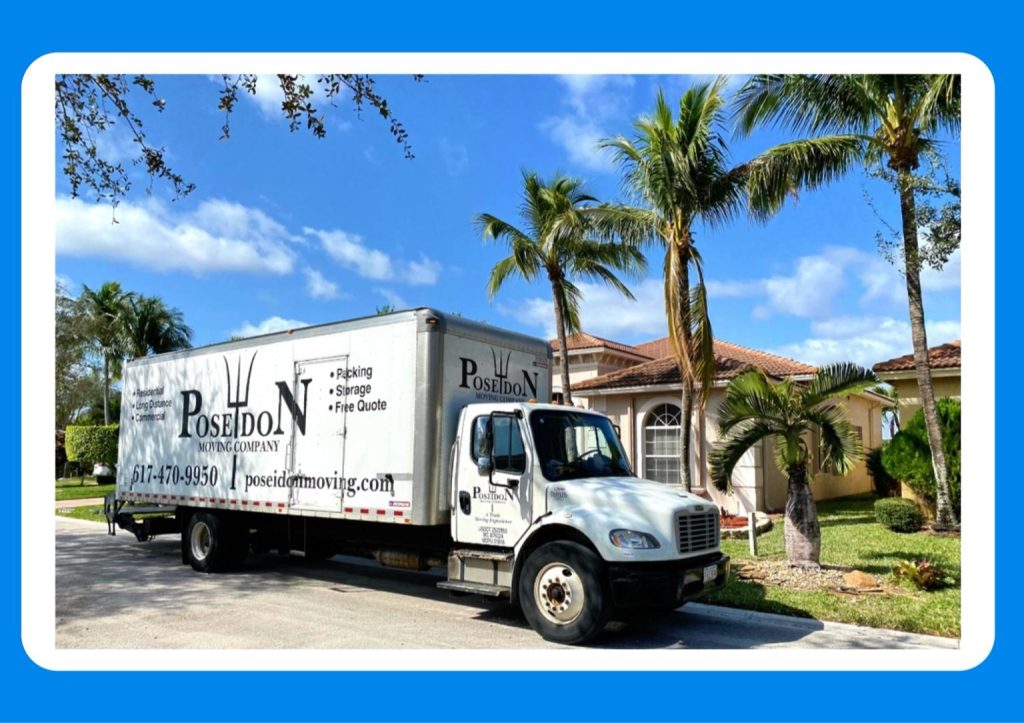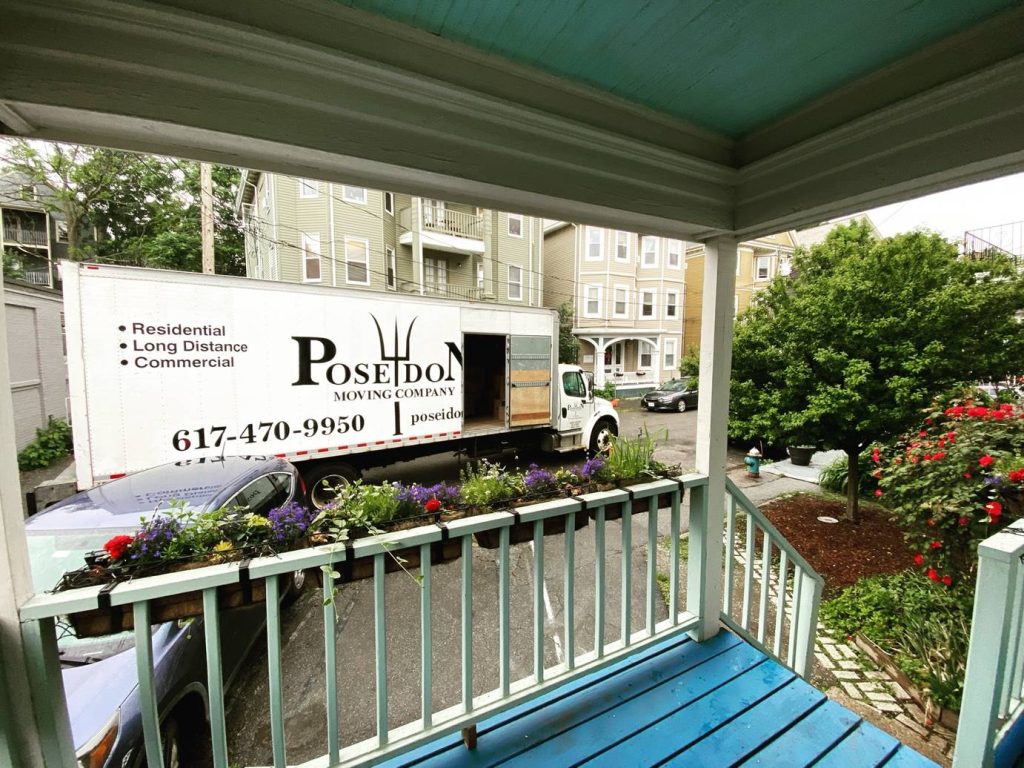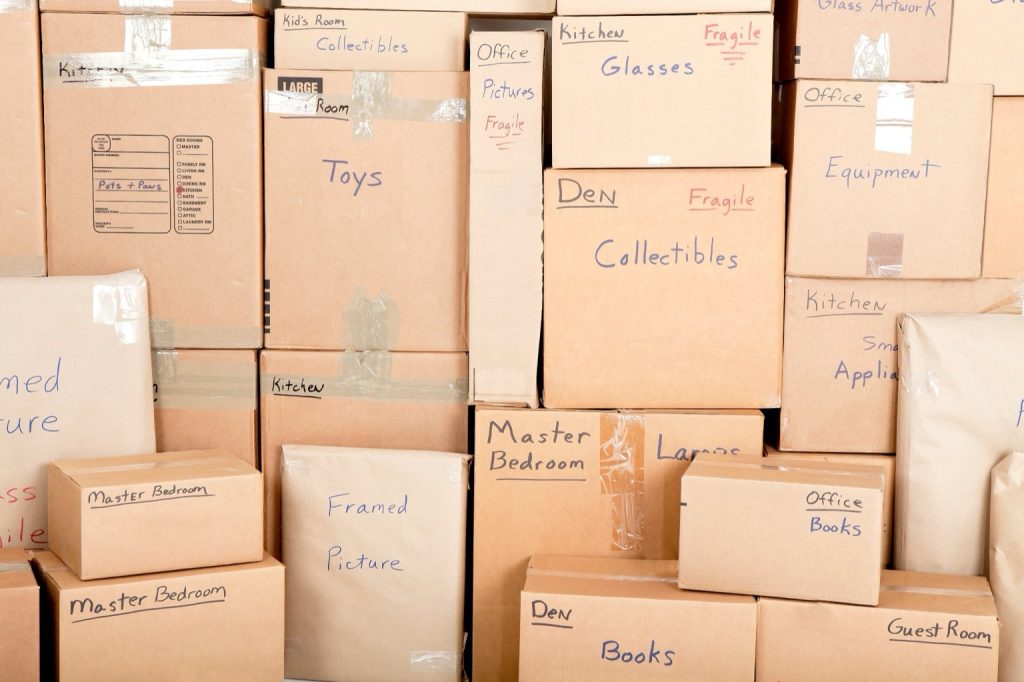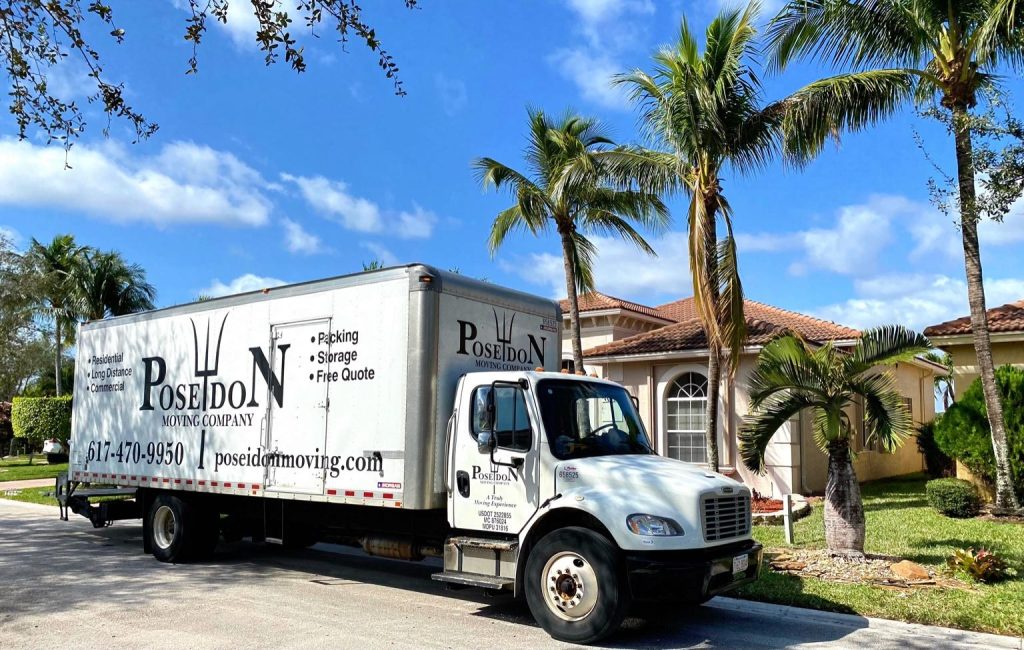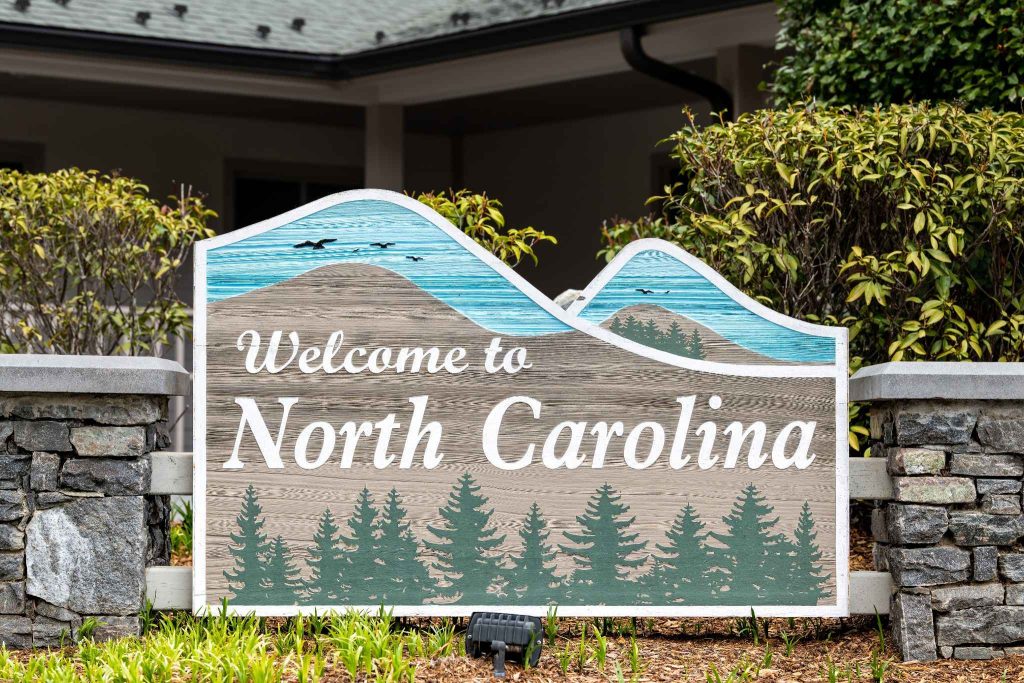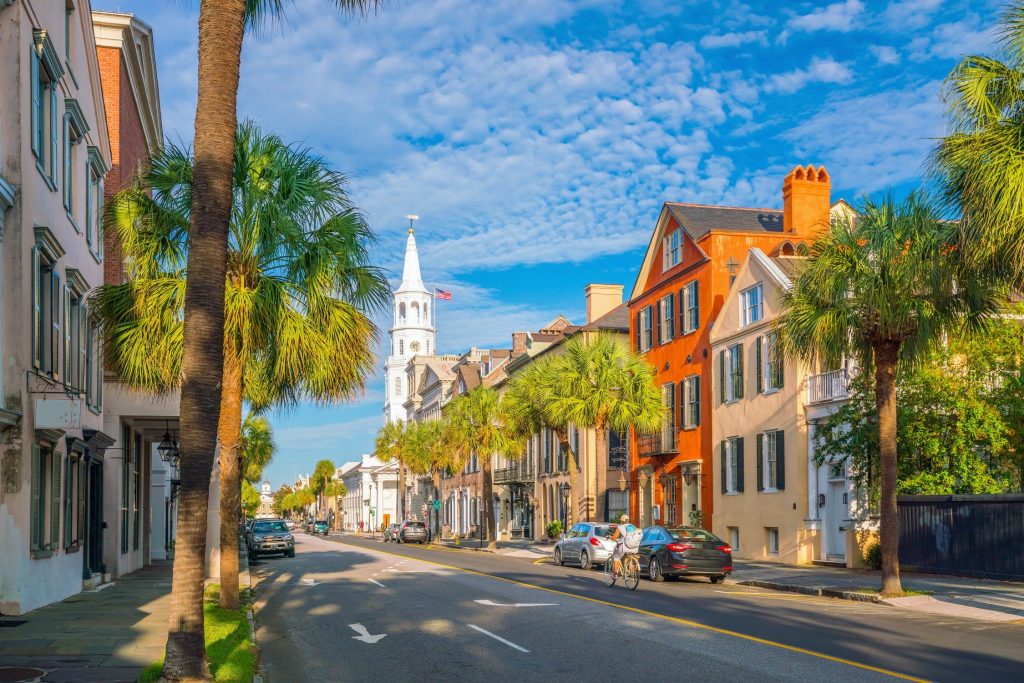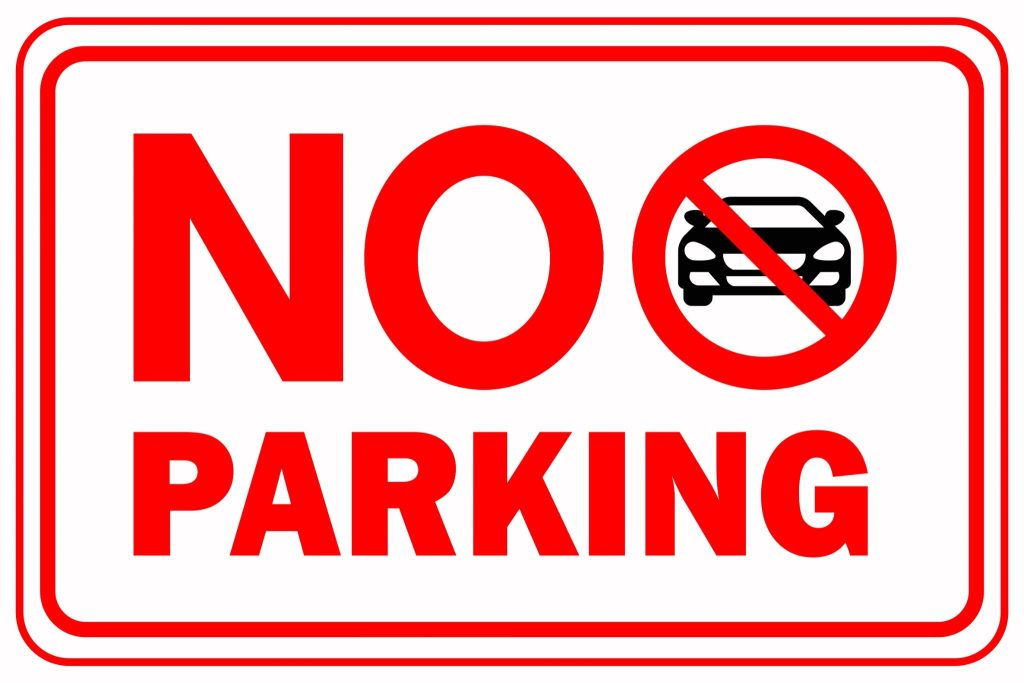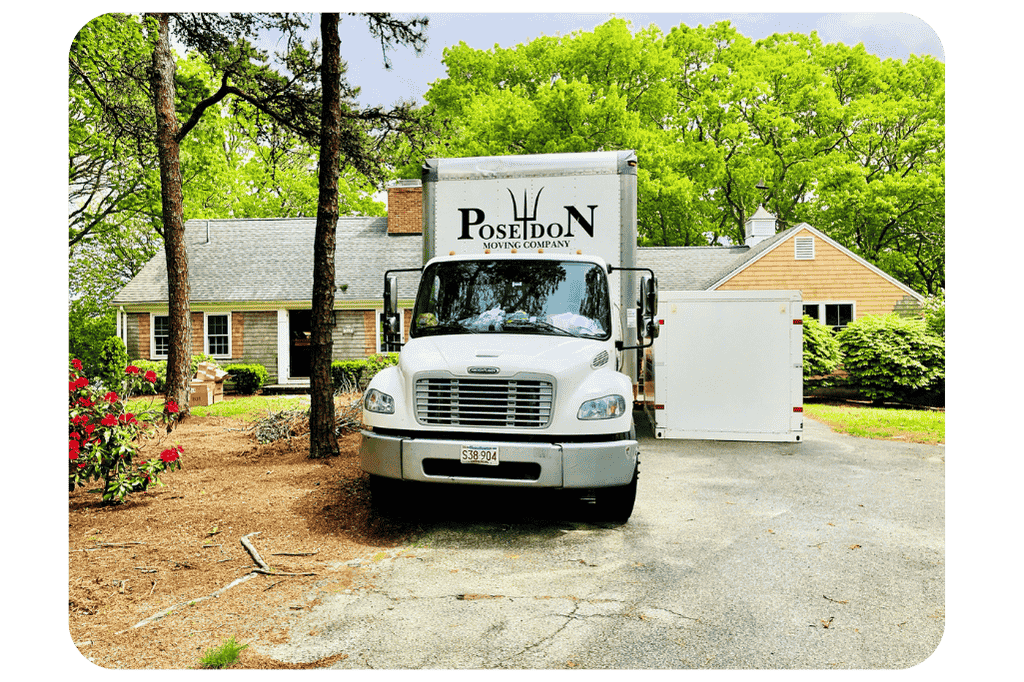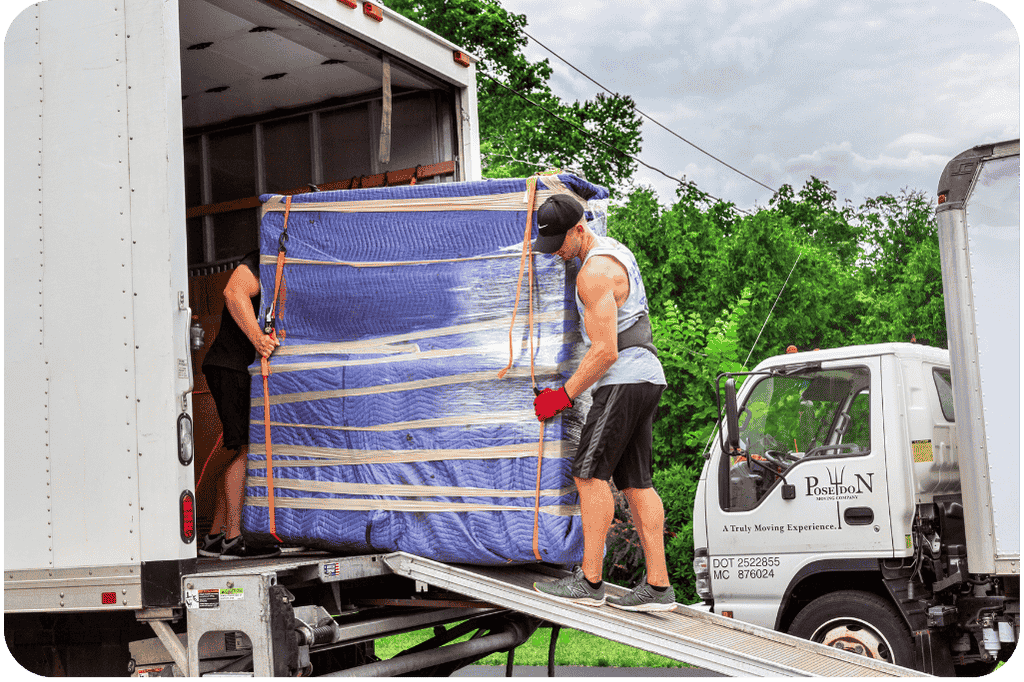How Relocation Can Affect Your Career
Relocating for work can significantly impact your career growth, offering new opportunities but also presenting challenges. One of the biggest advantages of moving for a job is the chance to access higher salary potential and better professional development. Certain cities or regions may have a stronger job market in your field, making relocation a smart career move. Additionally, a job relocation can expose you to new work cultures, expand your network, and enhance your skill set.
However, there are career relocation challenges to consider. Adjusting to a new workplace environment can take time, and leaving behind established professional relationships may require extra effort to rebuild. Additionally, not all job relocation packages offer the necessary support, making it important to negotiate relocation benefits with your employer.
Despite these hurdles, relocating for work can be a strategic move for long-term success. Many professionals find that relocation for a better job ultimately leads to career growth, more job security, and greater job satisfaction. Whether you’re moving for a promotion or a fresh start, it’s essential to weigh the pros and cons of relocating for work before making a decision.
Negotiating Relocation Packages with Your Employer
Before accepting a job relocation, it’s crucial to discuss the relocation package with your employer. Many companies offer corporate relocation assistance, but the level of support varies. Understanding how to negotiate a relocation package can help cover moving expenses, reduce financial burdens, and ensure a smooth transition.
A relocation package negotiation should include employer-paid relocation expenses, such as temporary housing, transportation costs, and moving services. Additionally, some companies provide job relocation allowances to cover travel, real estate fees, and storage solutions. If your employer does not initially offer a relocation allowance, you can request reimbursement for specific expenses.
Key factors to consider when negotiating relocation benefits include cost-of-living differences, whether moving costs will be covered upfront or reimbursed, and if assistance for spousal job relocation is available. Companies that frequently relocate employees often have structured corporate relocation services, while others may offer custom relocation benefits based on your role.
By understanding how to negotiate a relocation package, you can secure financial and logistical support that makes moving for work easier and more cost-effective. Always review the offer carefully and ensure all relocation benefits are included in your employment contract before signing.
Best Moving Companies for Corporate Relocations
When relocating for a job, hiring a professional corporate moving company can streamline the process. The best corporate relocation movers offer comprehensive services, including packing, loading, transportation, and unpacking. Whether you’re moving to a new city or across the country, choosing top-rated business moving companies ensures your belongings arrive safely and on time.
Look for business moving services that specialize in corporate relocation assistance. Many employee relocation moving companies provide flexible options, including temporary storage solutions and furniture disassembly and reassembly. Some commercial moving companies even offer customized relocation packages tailored to corporate clients.
If you’re searching for reliable job relocation movers, consider factors such as customer reviews, licensing, and pricing transparency. Affordable long-distance movers may provide flat-rate moving options that help you stay within your relocation budget. Additionally, some corporate moving companies work directly with employers, allowing for direct billing instead of out-of-pocket expenses.
Before selecting a corporate moving service, request multiple moving quotes, compare relocation benefits, and ensure the company has experience with job transfers and corporate relocations. By choosing the right movers, you can focus on your career transition while professionals handle the logistics.
Adjusting to a New Work Environment After Moving
One of the biggest challenges of relocating for work is adjusting to a new work environment. Whether you’re moving to a different city, state, or country, adapting to a new office culture takes time. Many professionals experience an adjustment period as they navigate workplace transitions, new colleagues, and different management styles.
To make the transition smoother, take proactive steps to settle into your new workplace. Engage with coworkers, participate in office activities, and seek mentorship from experienced team members. Building professional relationships early on can help you feel more comfortable in your new job environment.
Handling relocation stress is also important. A job relocation often comes with personal and professional changes, and managing these adjustments effectively can enhance career success. Establishing a routine, setting goals for your career growth, and maintaining work-life balance can make the process easier.
If you’re struggling with the transition, seek support from HR or career relocation services that assist with adapting to new work environments. With time and effort, you’ll successfully integrate into your new role and maximize the benefits of your job relocation.
Tax Deductions for Job-Related Moves
If you’ve recently relocated for work, you may be eligible for job relocation tax deductions. The IRS moving expense deduction rules allow certain work-related moving costs to be deducted on your tax return, reducing your overall expenses. However, understanding the eligibility criteria is essential.
To qualify for moving expenses tax deductions, your move must meet the distance test, meaning your new job location must be at least 50 miles farther from your previous residence than your old job was. Additionally, you must meet the time test, which requires you to work full-time for at least 39 weeks in the first year after moving.
Common tax-deductible moving expenses include transportation costs, packing supplies, and storage fees. If your employer pays for relocation, these benefits may be considered taxable income, so it’s essential to understand how employer-paid relocation expenses impact your tax situation.
To maximize your tax write-offs for job relocation, keep detailed records of moving-related expenses, including receipts for movers, travel, and lodging costs. If you’re unsure whether your moving expenses are tax-deductible, consulting a tax professional can help you claim the correct deductions and lower your taxable income.
How Poseidon Moving Makes Job Relocation Stress-Free
Relocating for a job can be overwhelming, but Poseidon Moving is here to make the process efficient, stress-free, and affordable. As trusted corporate relocation movers, we specialize in long-distance job relocations, ensuring that your transition to a new city is seamless. Whether you need full-service moving, packing assistance, or secure storage solutions, our team provides customized moving services to meet your needs.
If your employer offers relocation benefits, we work directly with companies to provide corporate relocation assistance, ensuring that all moving expenses are efficiently managed. We also offer tax-deductible moving services, helping you keep costs low while settling into your new work environment.
Start your job relocation on the right foot—contact Poseidon Moving today for a free moving quote and let our expert corporate movers handle the heavy lifting!
